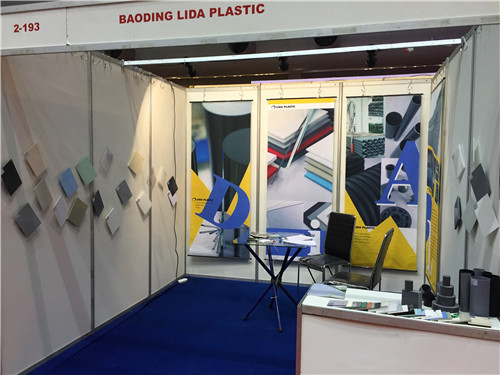Jul . 29, 2024 17:09 Back to list
Exploring the Versatility and Applications of 5 Inch PVC Pipe in Construction and DIY Projects
Understanding the Importance of 5-Inch PVC Pipe in Modern Applications
In the world of plumbing and construction, the materials we choose can significantly impact the durability and efficiency of our projects. Among various options available, the 5-inch PVC pipe has emerged as a favored choice for many applications due to its unique properties and versatility.
What is PVC?
PVC, or polyvinyl chloride, is a synthetic plastic polymer that has gained immense popularity since its invention. It is widely used in the manufacture of pipes because of its strong molecular structure, which provides resistance to corrosion, chemical damage, and various environmental factors. The 5-inch PVC pipe, in particular, stands out for its balance between size and functionality, making it suitable for a variety of uses.
Applications of 5-Inch PVC Pipe
One of the key advantages of the 5-inch PVC pipe is its versatility. It is commonly used in both residential and commercial plumbing systems. Its diameter makes it ideal for transporting water, wastewater, and other fluids. In residential settings, these pipes are often found in drainage systems, connecting kitchen and bathroom fixtures to main sewer lines.
In industrial applications, larger diameter pipes may be needed for transporting greater volumes of fluid, but 5-inch pipes are still quite useful for smaller operations or specific sections of larger systems. Water distribution networks, irrigation systems, and even in some HVAC applications, the 5-inch PVC pipe performs reliably.
Durability and Resistance
One of the critical properties of PVC is its resistance to corrosion and rust. Unlike metal pipes, which can deteriorate over time due to exposure to moisture and chemical reactions, PVC pipes maintain their integrity for decades. This durability helps reduce maintenance costs and the frequency of replacements, ultimately leading to more efficient operations.
5 inch pvc pipe

Additionally, 5-inch PVC pipes are resistant to UV rays, making them suitable for outdoor applications where they may be exposed to the elements. Their ability to withstand a wide range of temperatures and conditions means they can be utilized in various climates without suffering damage.
Cost-Effectiveness
Another significant advantage of using 5-inch PVC pipes is cost-effectiveness. Compared to metal pipes, PVC is often less expensive to produce and purchase. This affordability does not come at the expense of quality, as the longevity and durability of PVC can result in lower overall costs over the life of a project.
In large-scale projects, whether it's commercial construction or municipal infrastructure, these savings can be especially impactful. The ease of installation also contributes to reduced labor costs, as PVC pipes are lightweight and easier to handle than their metal counterparts.
Installation and Maintenance
The installation process for PVC pipes is typically straightforward. They can be easily cut to size and joined using solvent cement or mechanical fittings, making them accessible for both professionals and DIY enthusiasts. The seamless joints reduce the risk of leaks, further enhancing their reliability.
One of the benefits of 5-inch PVC pipe systems is the low maintenance requirement. Regular inspections are usually enough to ensure that the systems remain functional without significant upkeep. This ease of maintenance is a critical factor for both residential and industrial applications, as it allows stakeholders to focus on other important tasks.
Conclusion
The 5-inch PVC pipe is a remarkable example of a modern solution to plumbing and fluid transportation challenges. Its durability, corrosion resistance, cost-effectiveness, and ease of installation make it a preferred choice across a variety of industries. Whether you are planning a new construction project or upgrading existing plumbing, considering 5-inch PVC pipes could lead to significant long-term benefits. Embracing this material means investing in a reliable, efficient, and sustainable future for your plumbing needs.
-
High-Quality PPR Pipes and Fittings Durable ERA PPR & PVC PPR Solutions
NewsJul.08,2025
-
Black HDPE Cutting Board - Durable, Non-Porous & Food Safe HDPE Plastic Cutting Board
NewsJul.08,2025
-
High-Quality CPVC Panel Durable HDPE & PVC Panels Supplier
NewsJul.08,2025
-
Double PE Welding Rod Supplier - High Strength, Durable & Versatile Welding Solutions
NewsJul.07,2025
-
High-Quality PVC-O Pipe Supplier Durable 75mm PVC Pipe & Connections Leading PVC Pipe Company
NewsJul.07,2025
-
HDPE Drainage Pipe Supplier – Durable & Corrosion-Resistant Solutions
NewsJul.06,2025

